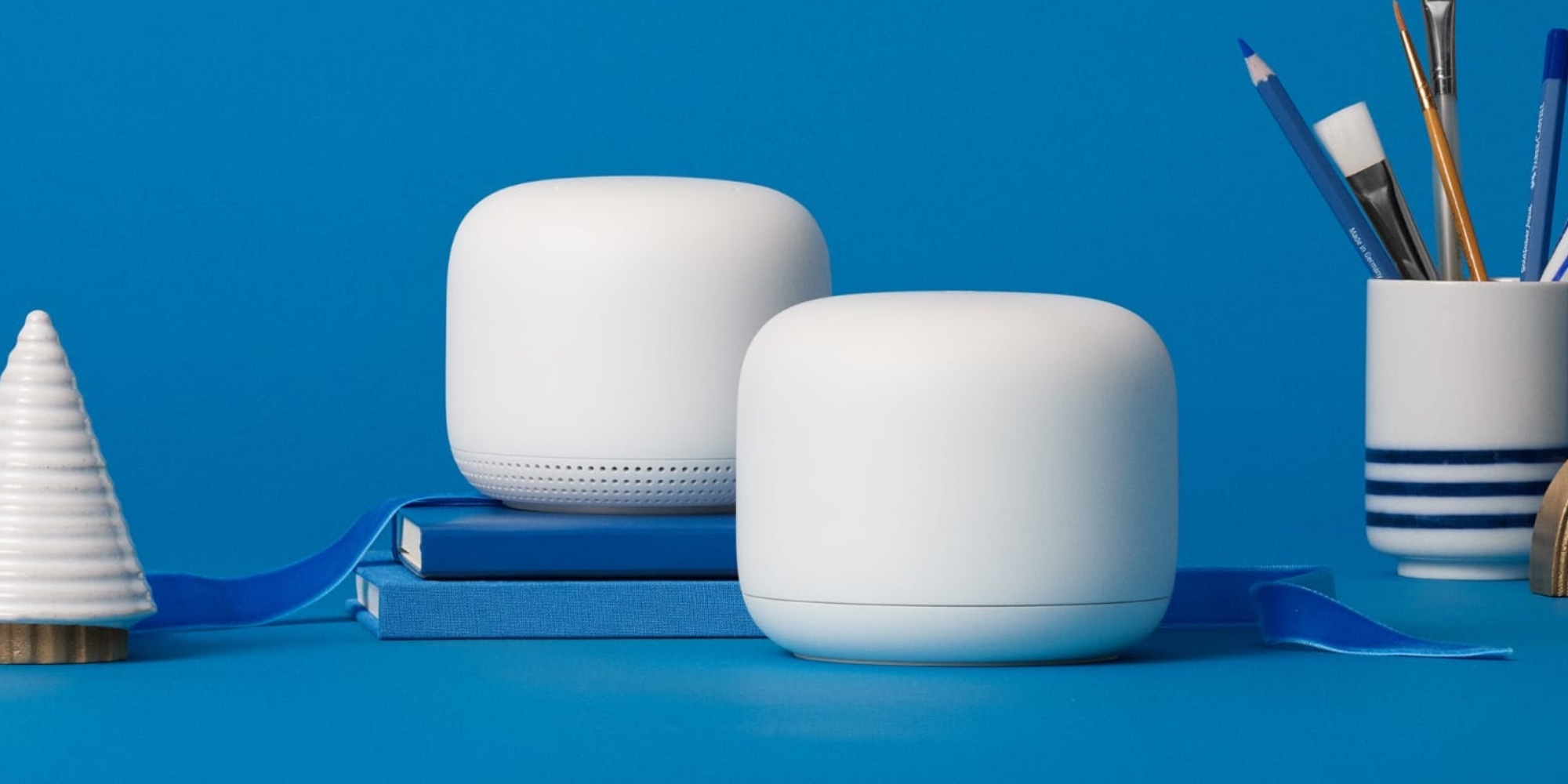

Range extenders like these are typically designed to work no matter what kind of router you're using. Ry Crist/CNETĪnd don't worry too much about the brand. In my tests, the RE220 was able to boost the speeds in this back bathroom from single digits up to about 80Mbps. In most cases, you'll see it listed as the existing network name with "_EXT" tacked onto the end. It won't boost your existing home network per se - instead, it'll use that connection with your router to broadcast its own network. You'll plug it in, press the WPS button to put it into Wi-Fi Protected Setup mode, and then press the WPS button on your router to pair the two together. Range extenders like these are a cinch to use. If you're willing to spend a little more, go with the TP-Link RE505X, which adds in faster, more robust speeds and support for Wi-Fi 6. You've got a lot of options, but the best value that I've tested is the TP-Link RE220, a plug-in extender that you can find online at various retail outlets for about $35, if not less. If you've just got one or two rooms where the connection isn't usable, then a simple Wi-Fi range extender might be all you need. Ry Crist/CNET Wi-Fi range extenders: A good fix for small dead zones

It's easy to use, it provides a steady, workable connection with surprisingly good range, and you can get it for less than $30. If you can find it in stock, the TP-Link RE220 is a great range extender value pick. If you're seeing speeds that are less than half of what you get when you're close to the router, then that's an area where you might be able to shore things up (and if those close-range speeds aren't close to what your internet plan allows, then you should call your provider).
#Google nest wifi router download
When you're done, average those download speed results in each room to get a sense of where your connection is and isn't up to snuff. If you want, you can repeat this process at different times of day. You'll want to move around in your home, running a few speed tests at a time in each room where your Wi-Fi connection matters.

If you're using a phone, disable cellular while you run this test. Also, make sure you're connected to your home network while you do this, preferably from whatever device you use online the most. It'll pair you up with one of several nearby servers as soon as you load the page - from there, just click the big "GO" button and wait about a minute to see your current upload and download speeds, as well as the connection's latency.
#Google nest wifi router free
There are lots of free services on the web that'll let you check your speed, but the most popular (and the one I use when I'm testing routers out at home) is the Ookla Speed Test.


 0 kommentar(er)
0 kommentar(er)
